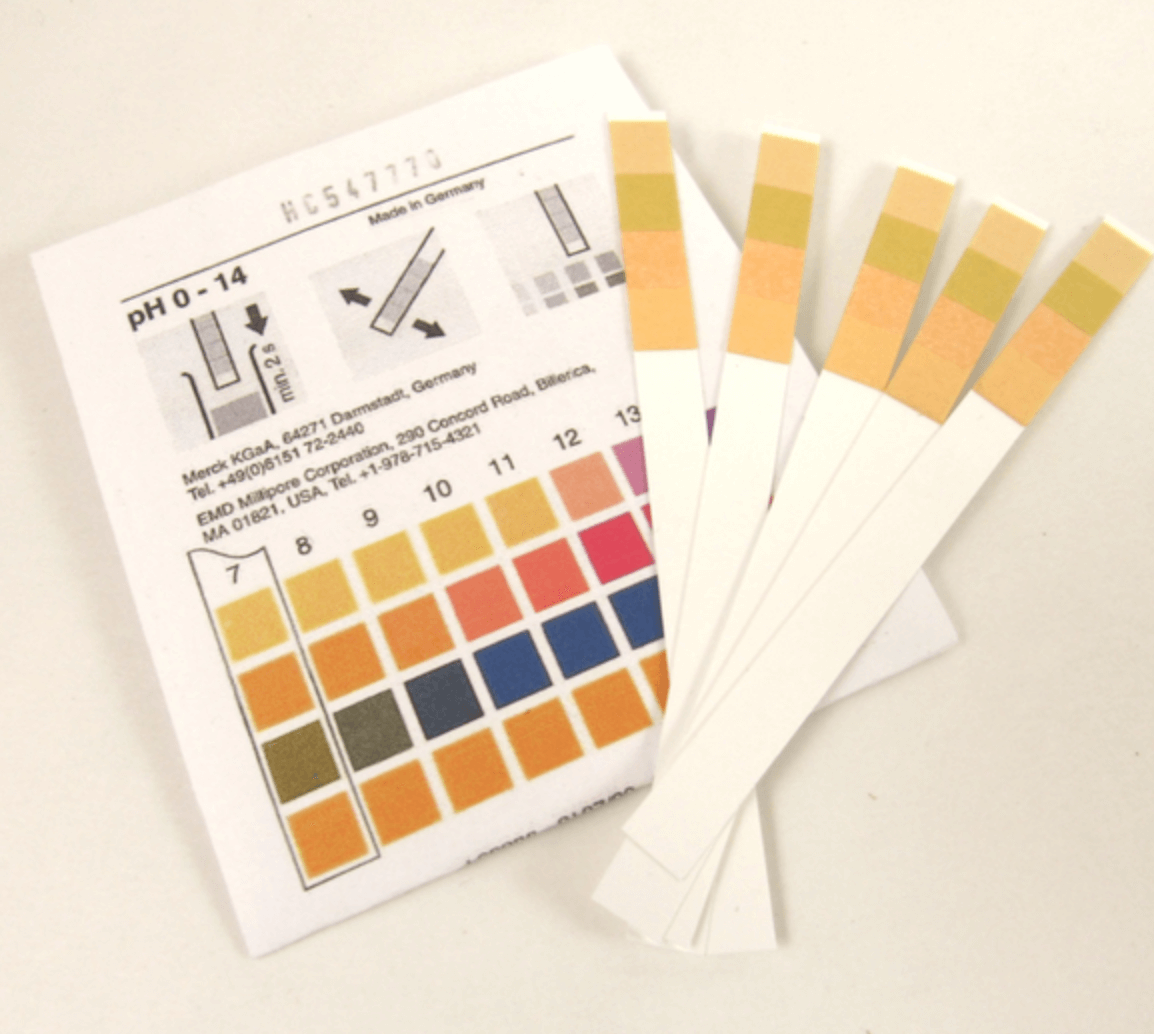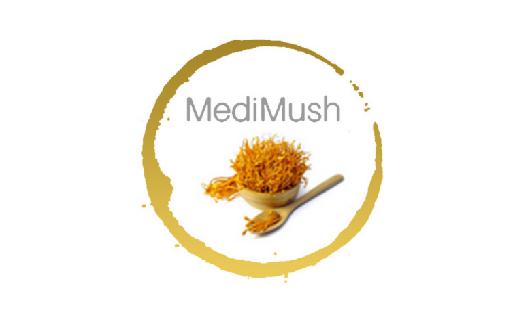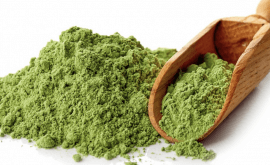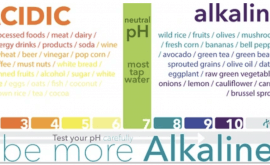pH Test Strips
 Evaluating the colours of a pH test strip and its importance
Evaluating the colours of a pH test strip and its importance
It is most certainly very fancy to see a wide range of colours that appear all around us. But it has a whole other meaning and significance when it is related to the pH determination of several elements.
Usually, we resort to testing the pH levels in everyday products to become well aware of the acidity levels in advance and understand its potential to eliminate chances of possible harm.
Similarly, the test is a crucial factor that draws a comparison between the pH levels and toxicity levels.
So, now you must be wondering where the colours come in and how they help in this scientific determination.
You will be surprised to know that the range of colours that we see in the pH test strip is the colour corresponding to the concentration of hydrogen ions in the product being tested.
The tested product could be anything starting from the soil, to water (to analyse if it’s safe for consumption, foods, our blood, household products so much more.
The colour in the strip does our part of the work to determine if the tested product is acidic or alkaline.
With the help of a pH test strip, that is carefully treated with the desired chemical, one can get a house of learning.
Starting from the basic yet the most important factor where you learn about the tested product’s acid or base quality represented appropriately through the colours.
However, the representing pH strip colours may vary depending on the kind of pH paper being used, hence one must be very vigilant and gather all the relevant information before the experimentation.
A close study of the pH test strip scale reveals that there is segregation with numbering running from 0 to 14. Each number on the scale is associated with a different colour.
On the extremes of the scale, we see red and blue colours predominantly. On the bottom of the scale sits the red colour which stands for the most acidic while on the opposite end we have dark blue which represents maximum alkalinity which is numbered at 14. The ph test strip scale towards the centre remains neutral.
According to the pH test strip, everyday commodities such as milk has a pH of 6, thus the scale has an off-white colour.
Similarly, baking soda and seawater have a pH of 8 as a result has a shade of grey.
Lye is considered the most alkaline product on the scale and accordingly, the pH test strip indicates a classic deep blue colour and has a pointer at 14. There are different kinds. Let’s dive in.
Universal Indicator Paper (pH test strip)
The Universal Indicator is a natural paper that is very specific. It corresponds to the exact colours on the pH test strip scale which corresponds with the different colours according to the pattern we see in the rainbow for every number. However, there might be slight variation in the colour scheme depending on the brand. But most of them stick to the rainbow spectrum of light.
Litmus Paper to a pH test strip
Another commonly used form comes in predominantly two colours. The Red litmus paper turns blue on exposure to a base and alternatively, a blue litmus paper turns red in the presence of an acid.
However, it has limited use since it only indicates whether the product is acid or alkaline in nature with no further information about the strength.
pH test strips are utterly essential in daily life to evaluate a product’s safety standard so that it can be used most effectively.
Evaluating pH test strips and its working for the human body
Growing up we all have studied chemistry as a part of our educational curriculum. And all thanks to our chemistry teachers who without any fail made sure to introduce us to the term – pH.
We are very well aware that it isn’t something that is just restricted to a particular field of study.
We often come across its usage in everyday life. This simple concept affects a wide range of factors in our daily living and extends its utility to experimentation and medicine.
So, let’s dive into the question-answer series for those of you who are new to it.
So, let’s first understand,
What does pH indicate and why do we conduct a pH test?
The main reason behind conducting a pH test is to evaluate the nature of a product around us, which is mostly tested by converting the targeted substance into a liquid form.
The used pH strip meter indicates whether a liquid is acidic, neutral or alkaline.
It is very essential to determine how effectively a particular product can be used for example – we need to evaluate the pH of a disinfectant so that we can access its antibacterial action to maintain hygiene around us. The most renowned and expert-approved method of determining is by using pH test strips.
It is also called the litmus test. Not only it applies to the external sphere but also acts as a parameter for analyzing the internal balance of our body.
Our body is also a combination of acids and bases which do their assigned functions, however something a slight disbalance can affect the overall well-being.
When our body increases on the acidic side, overall performance undergoes a major decline leading to fatigue, allergies, increase in weight and related mood disorders.
To balance it out, one needs to increase the intake of an alkaline diet which must consist – 80% alkaline and 20% acids, foods and drinks. We can easily design our plan of action based on the pH strip meter results.
Using pH test strip results to guide your body
- Over acidity is the first change you’ll notice in your body when there is an imbalance of chemicals.
- One of the simplest ways to tackle it is by increasing alkaline water intake to about 3 litres per day. The high pH level of the mineral enriched water improves overall well-being and restores normalcy. You can use a pH test strip to measure it out and increase the alkalinity accordingly by adding a few pH drops
- You can also incorporate a lot of fresh leafy vegetables and microgreens. Doctors also recommend consuming green drinks and liquid chlorophyll as they are packed with the best ingredients for our body.
- Lastly, you can take alkaline minerals and salts to help in eliminating the excessive acids accumulated in the deep layers of our tissue which include a set of vital minerals.
How do the pH test strips work?
So basically what we are talking about is a normal strip of litmus paper that measures the pH value of a liquid.
Once the substance is applied to the tester, the reaction causes the paper to change colour according to the level of acidities.
The official pH strip meter is from 0 to 6 where 0 is counted as most acidic and 6 denotes the highest alkalinity.
Some pH test strips have the potential to measure a pH from 0 to 6, but other variants have a disadvantage. They can only measure only acid or only alkaline substances that may be a shortcoming in the study.
So, it is an overview that can help us and make it work for our body’s well-being.
To test how acidic you are get your pH test strips here




